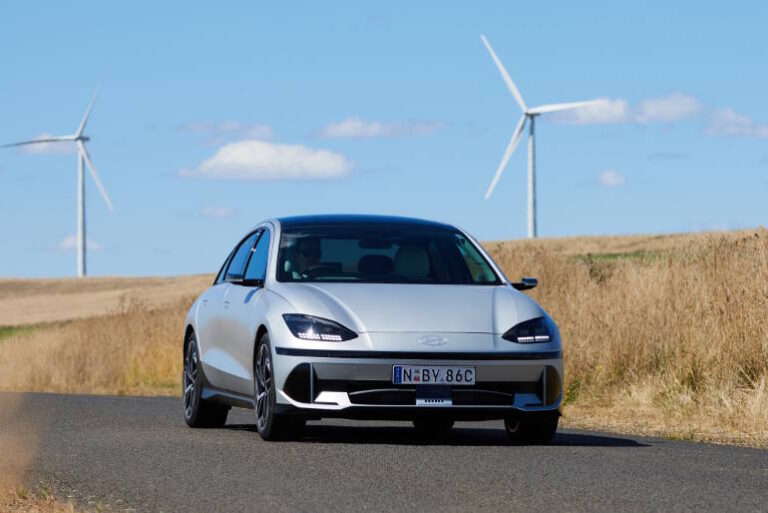With Everything Electric less than a week away the excitement is building across the fleet community because it’s like an electric vehicle rodeo with so many exhibitors and vehicles to drive in one lcoation.
For the second year in Australia, Everything Electric has moved to Sydney Olympic Park which provides a more central location with more opportunity for electric car test drives, There will also be more main stream cars brands on display with Hyundai exhibiting for the first time.
Scott Nargar, Senior Manager of Future Mobility and Government Relations at Hyundai, is excited about the opportunity to showcase their technology and range of vehicles to a large audience.
“Hyundai’s expectations out of the Everything Electric are to meet a really diverse crowd. People that are EV enthusiasts. People that, in the next three to five year will consider an EV; and people that are considering an EV within 10 years,” explains Nargar.
“We hope to have a wide range of people with a lot of different views. So we can go through and highlight our products, but we also welcome having a lot of our competitors there highlighting their products. This is more about displaying the technology rather than pushing individual brands.”
“It’s showing that electric vehicles are real. They’re here today, and there’s a lot of consumer choice in the market. And we’ll have a lot of cars there from Hyundai, including both Hyundai and Genesis brands, and also our Hyundai Mighty electric truck.”
Nargar has been working with Hyundai for over a decade and started working on hydrogen fuel cells in 2012. He’s been the face of the future fuels program and works with government at all levels to break down the barriers that have so far limited the national EV transition. He’s noticed that fleet buyers and consumers are more familiar with electric cars but more education is need on charging infrastructure.
“What Hyundai’s found at EV shows especially over the last five years is, the crowds have been more educated and the crowds are a lot bigger than they ever have been. People are coming with a fairly high knowledge level about EVs and what it takes to own an EV,” says Nargar.
“What they’re still lacking is an understanding of charging; public charging and especially home charging. So it’s great to see that at Everything Electric that we’ll have charging companies talking about charging at home and charging in public.”
“We’re starting to see a lot more public infrastructure, both in the traditional service stations and also private sites like Evie Networks, Chargefox and others. So it’s a great opportunity for people that are considering an EV to really ask all those questions. If they’ve got something they don’t quite understand, this is a place to ask it. Drive a lot of cars and ask a lot of questions. And hopefully a lot more people will consider buying an EV in the future to help decarbonise our market.”
Asking questions at Everything Electric is important because education is the key to making the transition to a low emissions economy which will take decades. Nargar and Hyundai are busy working to make sure we’re ready when we get there.
“There are some new electric models coming from Hyundai, and I can’t reveal what they are just yet although most people know about the large SUV, but we’re looking at what’s coming out in the next three, five, ten years and even beyond that,” explains Nargar.
“And what Hyundai is doing is working closely with the Federal government for the fuel efficiency standards, and preparing our product range for the changes that the market needs to adopt, and needs to support in the future. The biggest thing that we worry about is not that manufacturers will transition, we know we will, and our competitors will, but it’s ensuring that the right amount of infrastructure is in place. That really concerns me and I’m presenting to a lot of industry groups around Australia, not just automotive, but also gas industry, energy industry, and governments.”
“I see a bit of a concern with the amount of charging that’s in place today, and the reliability of the charging. But my biggest concern is the energy grid and the network that we need to power the future. We need to work hard as a country, led by our governments and also the industry, to fortify our energy networks today so they’re prepared to take the load of the cars in the future.”






